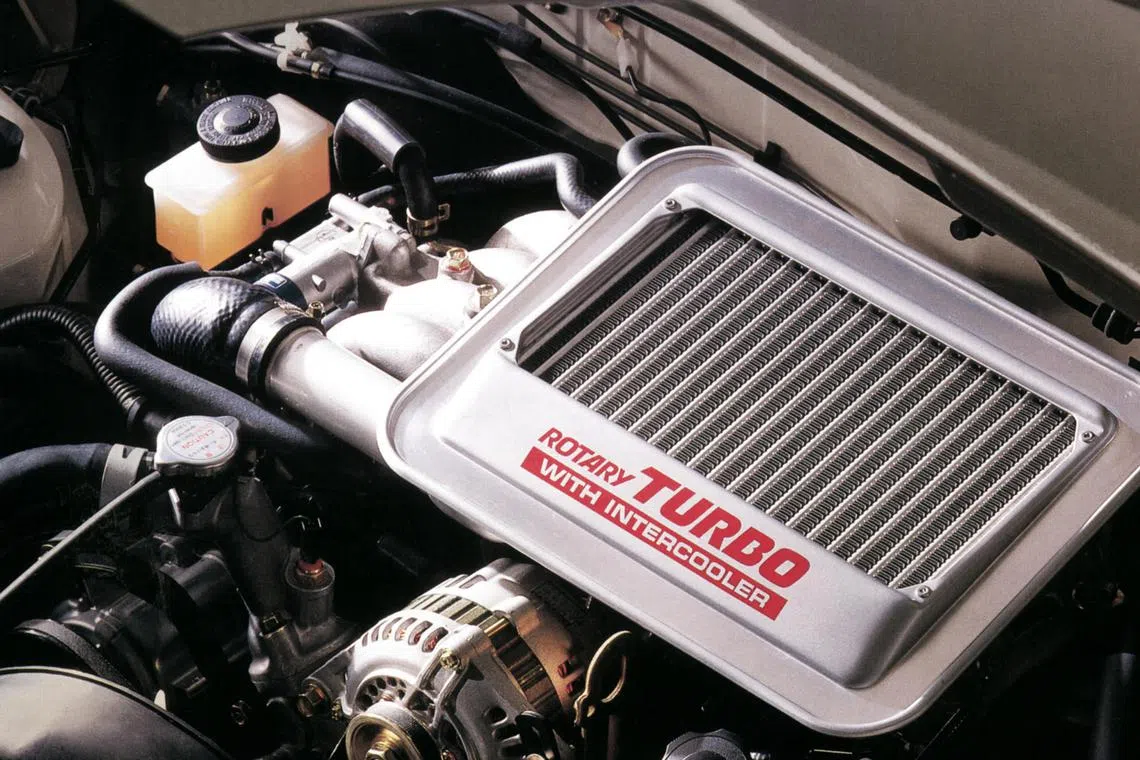Torque Shop: Intercooler keeps turbo engines cool for best performance
Sign up now: Get ST's newsletters delivered to your inbox

The intercooler is meant to bring down the temperature of the air drawn by the turbocharger that is going into the engine.
PHOTO: NEWSPRESS
Shreejit Changaroth
Follow topic:
I was told by the workshop that my car has an intercooler and it is busted. What does this mean?
Intercoolers are fitted to cars with superchargers or turbochargers.
On these types of engines, the intake air is compressed in order to increase the mass of air that enters the cylinders. Turbo engines produce more power than a naturally aspirated engine of the same capacity.
In the engine, the temperature of the inducted air rises when compressed, often beyond 100 deg C, which is not ideal for an internal combustion engine.
For the best engine performance, air must be as “cool” as possible so that its density is maximised while thermal stresses in the engine are minimised.
In order to reduce the temperature of the air before entering the combustion chamber, the intake duct is first channelled to the intercooler, which is a heat-exchanger rather like the coolant radiator.
It is always mounted close to the engine and in the path of the much cooler ambient air so that hot compressed air is effectively cooled.
A busted intercooler means one or more of the tubes within the assembly has cracked open, causing the compressed air to escape.
On those water-cooled versions, as opposed to an air-cooled one, a broken intercooler could also mean coolant leakage.
In either type of intercooler, any break would lead to a drop in cooling efficiency and, ultimately, a noticeable reduction in performance. In the worst-case scenario, the engine can overheat.

